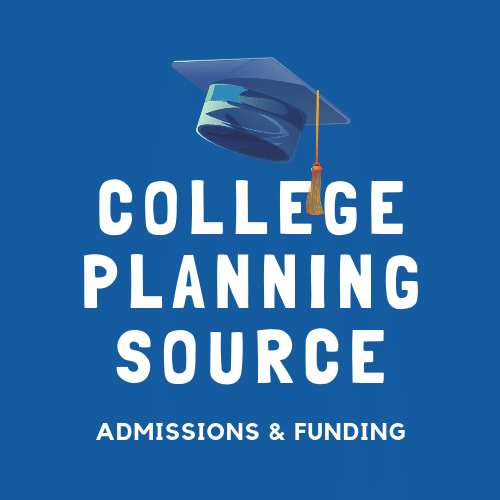
What does it really mean to have a “Balanced List of Schools?!”
Make sure to make a “Balanced List of Schools for the Whole Family.” Most families have been coming into see me with the misconception that a balanced list of schools is really just for the student, when in reality it should be for the whole family.
A balanced list of schools for a student is created relative to the student’s likelihood of admissions.
Safety, Target and Reach Schools
In your list, you’ll want a balance between 2-3 Safety Schools, 4-8 Target schools and maybe 1-5 Reach schools. This goes for the majority of students with the exception of top-tiered students, whose Reach Schools are also their Target Schools, such as Stanford. In this case, there’s no guarantees that you’ll be accepted, but your profile could likely make you an eligible or good candidate for admission.
There are also financial and long-term factors that we believe need to be considered when creating a balanced list of schools. The top two include:
- Affordability for the family
- Considering resources for additional students
Many families have come into my office with their student’s “balanced list of schools” and their financial resources for college. Many families who are short of the full amount for their children to attend any college will need to start planning for how they’re going to pay for college and the threshold of what they can afford.
Without taking the time to really determine the amount of need-based or merit aid their student would receive or their ability to pay and create an efficient plan to send their children to college, they’re letting their children apply any college they want without an idea of what it will cost.
An example of this would be a student who’s applying to an out-of-state public university (excluding non-Western Undergraduate Exchange school). Just like our UC’s and State schools, they like the students who are coming from out-of-state because they like the higher out-of-state tuition.
At many colleges it’s 2.5 times the in-state tuition. With schools like this, many schools, like University of Arizona or University of Colorado Boulder, are costing between $48,000 and $54,000 per year. Often times, they’re very lenient with their admissions criteria; however, unless the student gets merit-based aid (which you should check the amount they might receive before they apply), those schools give very little priority to out-of-state families for need-based aid.
My suggestion is to learn these things before your student gets too far into visiting campuses and the application processes, during which they pour their hearts and souls into their applications and essays. It is important to manage your student’s expectations so that they’re in-line with your financial ability to pay for college. I use the analogy of purchasing cars for your children. If you agreed to purchase a car for them, would you tell them to start doing chores around the house and we’ll buy you any car you want? Or would you let them know that there is a budget, and probably start researching and having them test drive cars that meet their needs and your budget?
On the other hand, I noticed that there are families who come in and believe that a school’s, especially private schools’ sticker cost is what they would pay, but in reality their child’s profile will allow them to qualify for merit-based aid that would help reduce their cost to meet their budget for college. It’s not uncommon for a private school to give anywhere from $5000-$30,000 per year in renewable scholarships to a student; you just have to know which schools would do that.
The next factor that needs to be considered for a balanced list of schools is the other children in the household. Parents get really excited about their first child going off to college and often times forget that it takes 4 years of funding (not just one) for the first one. Families need to ensure that their funding resources last for the additional children in their home to give them an equal opportunity for education. On top of that, they might have an overlap of one or two years that need to be considered as well.
All of these factors are important in helping to create a “balanced list of schools for the whole family.” Please start planning now to maximize your students’ development, financial aid planning and net cost funding to have peace of mind for your children’s education and your financial serenity.
- Michelle Mai, College Planning Source




